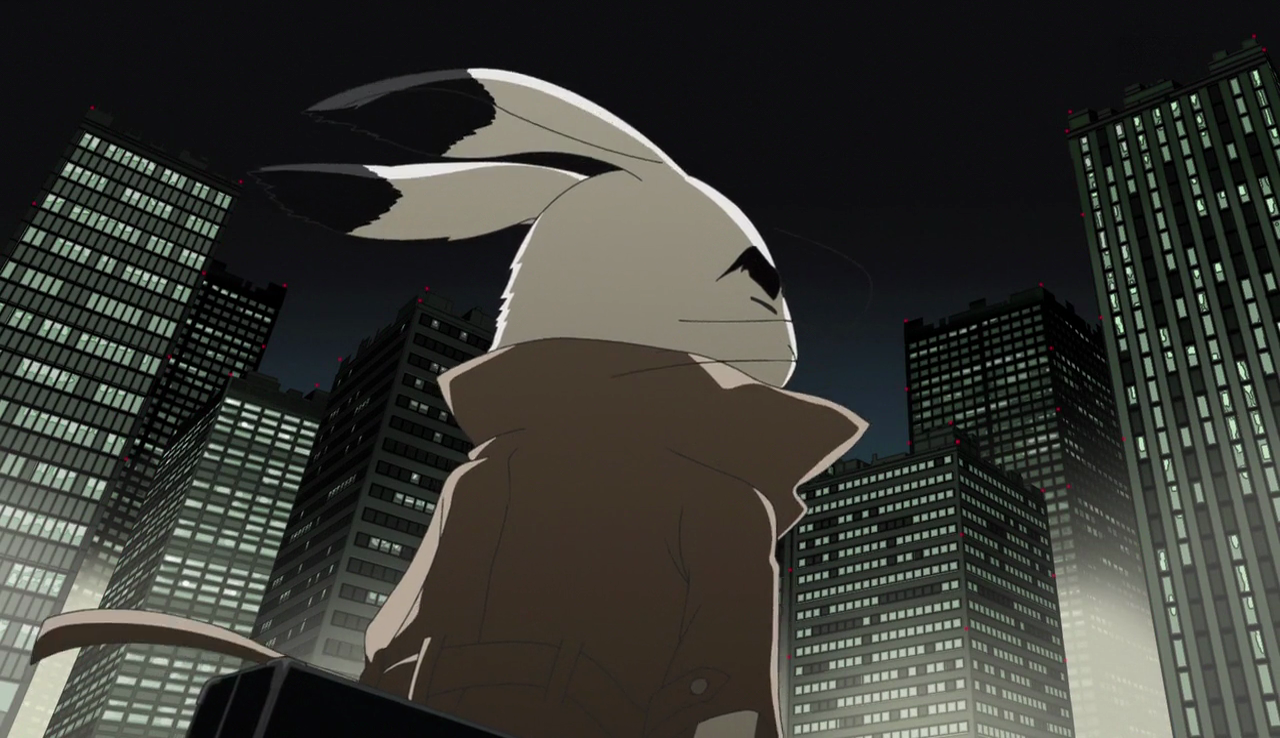Ask John: What Makes Golgo 13 A Beloved Japanese Classic?
Given that Japanese audiences tend to prefer cuter lighthearted fare and mecha, what exactly makes Duke Togo (Golgo 13) a classic in Japan?
Answer:
Creator and illustrator Takao Saito’s ongoing manga series Golgo 13 is presently Japan’s longest running serialized manga. The story premiered in the October 1968 issue of Shogakukan’s Big Comic magazine and has published new chapters regularly since, only taking a short hiatus from May until early July 2020 due to the COVID-19 pandemic. Although the professional sniper known as “Duke Togo” and “Golgo 13” is characterized by a stone-faced, business-like, and succinct manner, obviously the character and the story must have more underlying nuance and appeal to explain over fifty years of popularity. The Golgo 13 character is one of Japanese culture’s unique creations as he is as much a product of Japanese culture as he is himself an influence on Japanese culture.
Takao Saito has described Golgo 13 as a modern day samurai, saying, “I love Japanese samurai stories and that is why, unconsciously, Golgo moves like a samurai,” and, “It is hard to explain, but the code itself is impressive. The following of the contract. If Golgo sees an ant by his foot, he would make every effort not to step on it. Normally, you might crush it, but for him there is no reason to kill the ant. For him, all life — ant or human — is equal. It’s that thought process I’m trying to convey” (Lewis). Moreover, Golgo 13 has a parallel in the modern era. Saito said, “He’s a lot like a Japanese salaryman. One of the main virtues that Golgo and salarymen share is that both are capable of great endurance. Even the nature of their endurance is the same. They are both patient. Golgo is purely Japanese” (Lewis). Former Golgo 13 manga editor Takashi Fukuda provides another traditional cultural origin for the character. Fukuda parallels Golgo 13 to the ancient Japanese seafaring jisui, essentially professional scapegoats who bet their lives by working as buffers between their clients and possible catastrophes (Horn). Japanese culture has always prized excellence and formality. Golgo 13 is the embodiment of both principles. He’s always exacting in his work: impeccably prepared, extensively knowledgeable, and reliably infallible. He’s also supremely pragmatic. He requires only one meeting with his client, and few words need be spoken. In a contemporary metropolitan society organized around impersonal pragmatism and convenience, Golgo 13 is as familiar, reliable, and functional as a vending machine or restaurant attendant call button. His combination of supremely human sexuality, aggression, and feral attentiveness with his machine-like sterility and robotic precision distill the epitome of Japanese disposition.
Effectively Golgo 13 is Japan’s answer to James Bond. Golgo 13 is literally the international man of mystery. No one knows his true ethnicity, age, or name. Even his adopted name, Duke Togo, suggests a hybridization of American cowboy and European royalty with Asian ancestry. As manga scholar Hisao Kato described in editor Maurice Horn’s 1976 World Encyclopedia of Comics, Takao Saito’s work, “…is representative of contemporary Japanese comic art, with its emphasis on speed, thrills, and sex” (Horn). Although Agent 007’s license to kill is government issued while Golgo 13’s is self-determined, both men are debonair, worldly men and avatars of virile masculinity. They live dangerously yet always by a self-imposed code of honor and integrity. They bed countless women, yet seemingly never take the same lover twice. Duke Togo is the man every male reader wants to be and the man every woman wants to be with. In fact, Golgo 13’s distinctive thick arched eyebrows and the diagonal furrows beneath his eyes that give his face an arrowhead motif have become visual signifiers of anime and manga tough guys.
Takao Saito’s Golgo 13 manga is a historical landmark and influence in multiple ways. In addition to adding an iconic visual cue to the lexicon of manga and anime visual culture, the Golgo 13 manga helped establish the breakout gekiga style of manga. Hisao Kato explained, “Saito is widely regarded as the artist who gave fresh impetus to the Japanese comic strip in the 1960s. His work… has influenced a whole new generation of Japanese cartoonists… Takeshi Kanda, Yuzuro Saito, Fumiyasu Ishikawa, Saburo Takemoto, to name a few” (Horn). The Golgo 13 manga was among the pioneering titles that introduced and popularized dramatic, real-world-based manga for adult readers. Its timely relevance to current world affairs lends the story an ambiance of intrigue and intelligence.
For Japanese readers, Golgo 13 is the homegrown cousin to James Bond and Jason Bourne. His confident tension commands attention. His unshakable confidence that he doesn’t need to show off makes him suavely sexy. His occupational lineage and his skill in his profession make him both familiar and ironically worthy of respect. He exists as a sort of living connection to Japan’s chivalric warrior past. As young readers grow up, they mature out of juvenile and shounen manga into stories with a more mature relevancy and bite, including Golgo 13. So as long as global political antagonism and traditional Japanese cultural values exist, Golgo 13 will remain a popular and fascinating intersection.
Citations:
Horn, Carl G. “Afterword.” Golgo 13: Volume 13, by Takao Saito, VIZ Media, 2000, pp. 191–197.
Lewis, Leo. Interview: ‘Golgo 13’ Creator Takao Saito. 16 Oct. 2015, www.ft.com/content/734f95c0-7260-11e5-a129-3fcc4f641d98.






